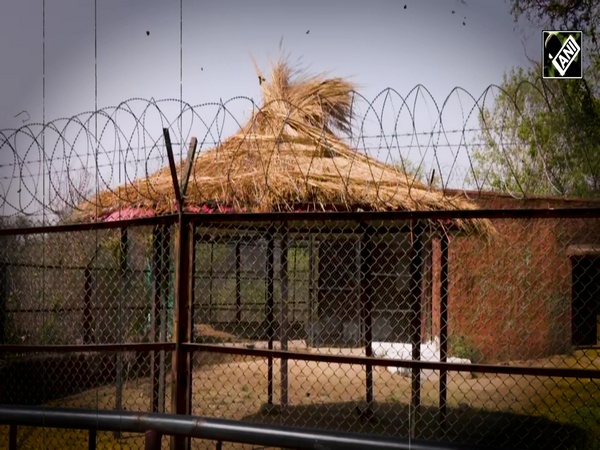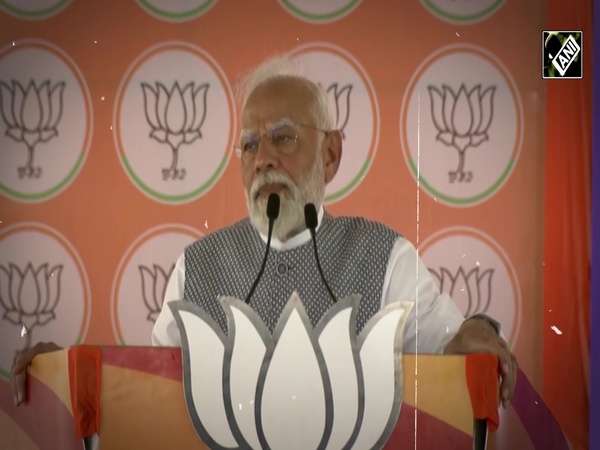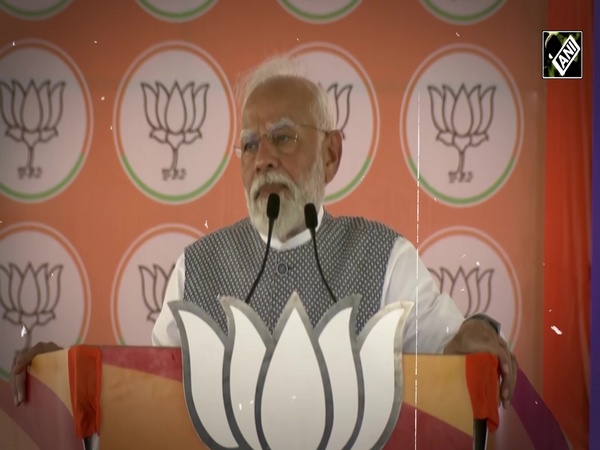Chinese art ‘Wu Xing’ gains popularity in Russia
Feb 09, 2023
Moscow (Russia), Feb 01 (ANI/TV BRICS): The philosophical teaching of Wu-Xing translates from Chinese as the five elements: fire, water, wood, metal and earth. In painting also there are five types of strokes. For instance, the Lily, the type of stroke it has is thick and slow and the Strelitzia, for example, is fast and impetuous. Depending on that, you have the movement and the amount of paint. You make a thick stroke or you make a swift stroke, like a slap on the cheek. Freedom of expression and philosophical approach led Andrey Scherbakov to Wu-Xing painting 15 years ago. The master says that Japanese and Korean movements are like a tunnel, they strictly adhere to the canons, whereas this Chinese art is more like a labyrinth in which everyone can find their own way. It resembles the rhythm of a waltz. In fact, three strokes are joined with a brush to create bamboo leaves. Philipp Onischenko is also learning to draw bamboo at the master class. His parents lived and worked in China. He says painting is like meditation for him. The picture would not be complete without calligraphic inscription. Traditionally there's a character on the right side of drawing. In this case – bamboo and the final chord - a seal, like a full stop in a philosophical work created by a brush.













